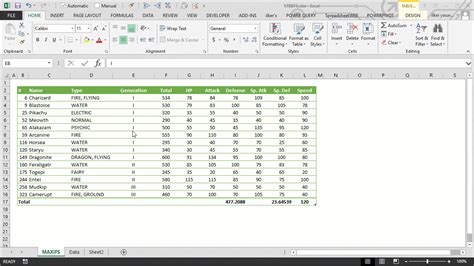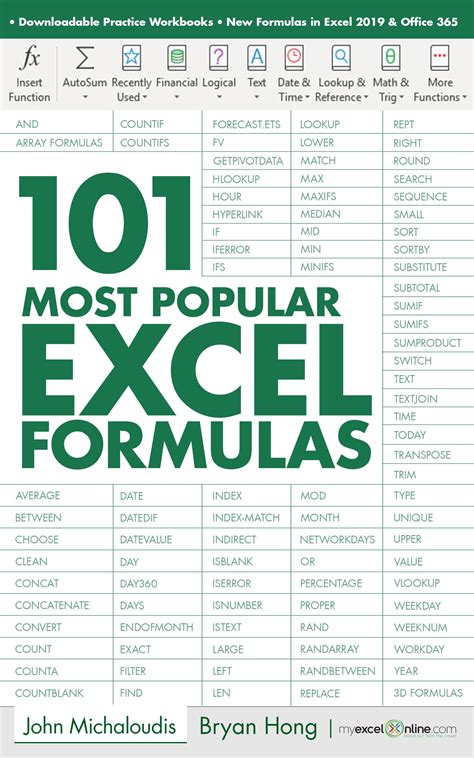Creating lookup tables in Excel can seem like a daunting task, but with the right techniques and formulas, it can be done easily and efficiently. In this article, we will explore the different methods of creating lookup tables in Excel, including using VLOOKUP, INDEX/MATCH, and pivot tables.
Why Use Lookup Tables?
Lookup tables are essential in Excel when you need to retrieve data from a large dataset or a database. They allow you to look up a value in a table and return a corresponding value from another column. This is particularly useful when working with large datasets or when you need to perform data analysis and reporting.
Method 1: Using VLOOKUP
VLOOKUP is one of the most commonly used formulas in Excel for creating lookup tables. The formula searches for a value in a table and returns a value from another column.

The syntax for VLOOKUP is as follows:
VLOOKUP(lookup_value, table_array, col_index_num, [range_lookup])
lookup_valueis the value you want to look uptable_arrayis the range of cells that contains the datacol_index_numis the column number that contains the value you want to return[range_lookup]is an optional argument that specifies whether you want an exact match or an approximate match
For example, suppose you have a table with the following data:
| Employee ID | Name | Department |
|---|---|---|
| 101 | John Smith | Sales |
| 102 | Jane Doe | Marketing |
| 103 | Bob Johnson | IT |
To look up the department of an employee with ID 102, you can use the following VLOOKUP formula:
=VLOOKUP(102, A2:C4, 3, FALSE)
This formula searches for the value 102 in the first column of the table and returns the value in the third column (Department).
Method 2: Using INDEX/MATCH
INDEX/MATCH is another powerful formula combination in Excel that can be used to create lookup tables. This method is more flexible than VLOOKUP and can be used to look up values in multiple columns.

The syntax for INDEX/MATCH is as follows:
=INDEX(range, MATCH(lookup_value, lookup_array, [match_type])
rangeis the range of cells that contains the datalookup_valueis the value you want to look uplookup_arrayis the range of cells that contains the values to look up[match_type]is an optional argument that specifies whether you want an exact match or an approximate match
Using the same example as above, to look up the department of an employee with ID 102, you can use the following INDEX/MATCH formula:
=INDEX(C2:C4, MATCH(102, A2:A4, 0))
This formula searches for the value 102 in the first column of the table and returns the value in the third column (Department).
Method 3: Using Pivot Tables
Pivot tables are a powerful tool in Excel that can be used to create lookup tables. Pivot tables allow you to summarize and analyze large datasets and can be used to look up values in multiple columns.

To create a pivot table, select the data range and go to the "Insert" tab in the ribbon. Click on "PivotTable" and follow the prompts to create a new pivot table.
Using the same example as above, to look up the department of an employee with ID 102, you can create a pivot table with the following fields:
- Row Labels: Employee ID
- Values: Department
To look up the department of an employee with ID 102, simply select the value from the "Employee ID" dropdown menu.
Gallery of Lookup Tables in Excel
Lookup Tables in Excel Image Gallery










Frequently Asked Questions
- What is the difference between VLOOKUP and INDEX/MATCH?
- How do I create a pivot table in Excel?
- What is the syntax for the VLOOKUP formula?
- Can I use multiple criteria in a lookup table?
We hope this article has helped you to create lookup tables in Excel easily. Whether you use VLOOKUP, INDEX/MATCH, or pivot tables, the key is to understand the syntax and the data you are working with. With practice and patience, you can become proficient in creating lookup tables in Excel.
What's Next?
- Try creating a lookup table using VLOOKUP and INDEX/MATCH
- Experiment with pivot tables to analyze and summarize your data
- Share your experiences and tips with creating lookup tables in Excel in the comments below
Additional Resources
- Microsoft Excel Documentation: VLOOKUP, INDEX/MATCH, Pivot Tables
- Excel-Easy: Lookup Tables in Excel
- MrExcel: Lookup Tables in Excel
We hope you found this article helpful. If you have any questions or need further assistance, please don't hesitate to ask.
